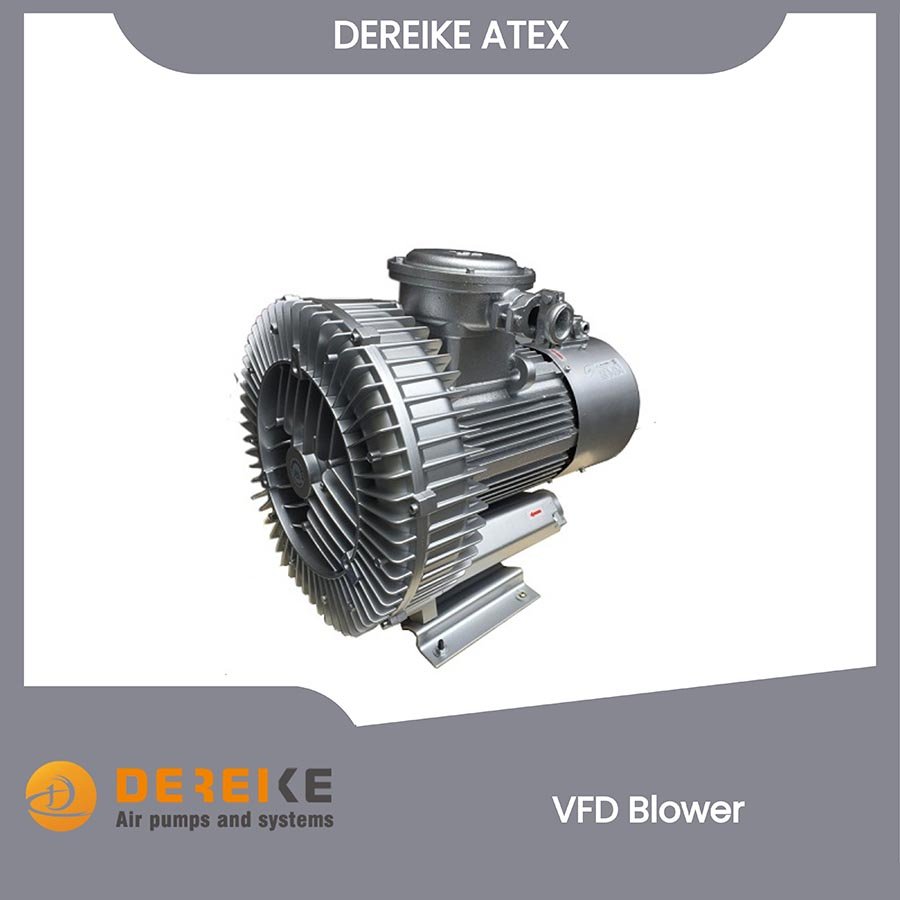
A VFD blower, also known as a variable frequency drive blower, is a fan or blower that is controlled using a variable frequency drive (VFD).
The working principle of a VFD blower is as follows: Typically, conventional motors are driven at a fixed power supply frequency (such as 50Hz or 60Hz), which results in a constant speed of the motor. However, a VFD blower utilizes a variable frequency drive to change the power supply frequency, thereby controlling the motor's speed.
By adjusting the power supply frequency and voltage, the VFD blower alters the motor's power supply conditions. By decreasing or increasing the frequency, the VFD blower can adjust the motor's speed. For example, reducing the frequency decreases the motor's speed, while increasing the frequency increases the motor's speed.
The advantages of a VFD blower lie in its greater control flexibility and energy efficiency. By adjusting the motor's speed based on the actual requirements, a VFD blower can adapt to different workloads and provide the desired airflow and pressure. Additionally, a VFD blower can reduce the startup current of the motor, leading to energy savings.
In summary, a VFD blower is a fan or blower controlled using a variable frequency drive. It adjusts the motor's speed by changing the power supply frequency, offering enhanced control flexibility and energy efficiency.
